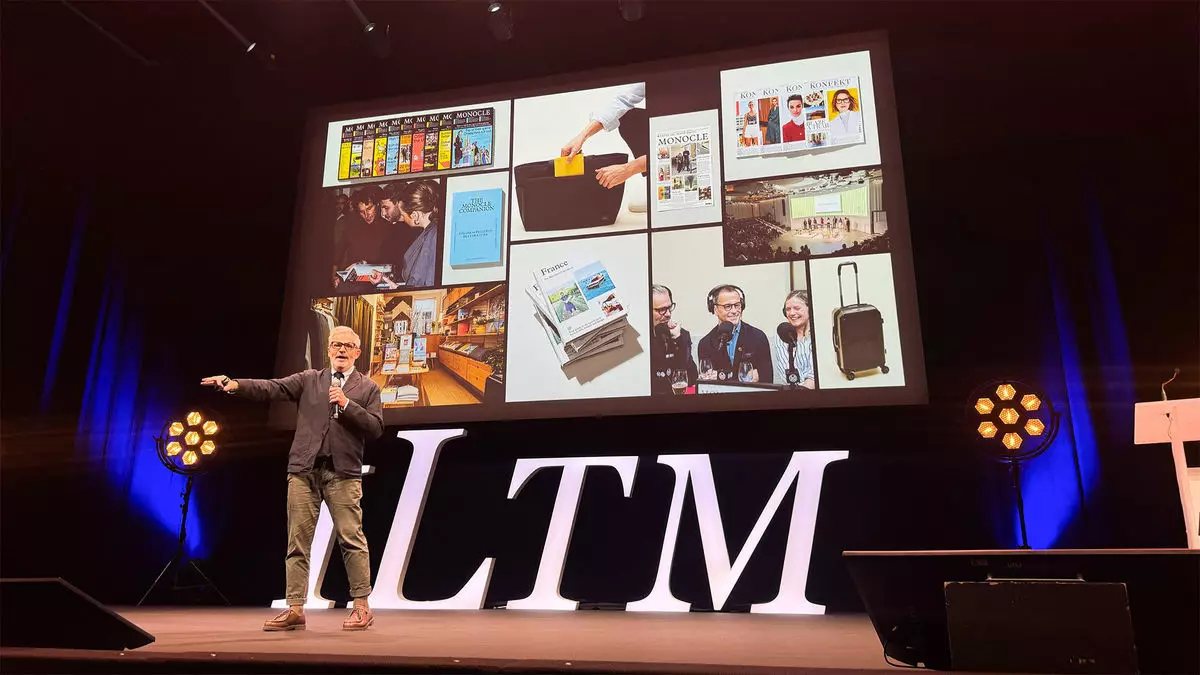The hospitality industry has long been an arena where guest experience reigns supreme, yet the complexities of modern travel have opened a Pandora’s box of new irritations. At a recent event, Tyler Brule, the editorial director of Monocle, articulated his concerns about contemporary practices in the luxury hotel sector. He didn’t merely vent; he proposed actionable changes that can reshape the travel experience for discerning guests.
Traditionally, guests expressed their grievances in one of three ways: suppressing their frustration, directly addressing issues with hotel management, or opting for online reviews. Yet, the advent of platforms like social media has transformed feedback into a public spectacle. Most guests, however, are not equipped or motivated to voice their concerns on such grand stages. This is why Brule’s appearance at the International Luxury Travel Market in Cannes was noteworthy. He turned the collective ire of luxury travelers into a platform for discussion, thereby setting the stage for a much-needed dialogue on pressing issues that plague the modern hospitality landscape.
The crux of Brule’s message is a call for a return to authenticity. In an era dominated by technology, there’s a palpable yearning for tactile experiences. For example, the omnipresence of QR codes, a byproduct of the pandemic, has replaced the joy of leafing through a well-crafted menu. The sensory richness of a physical menu—its texture or the ambiance it creates—has been undervalued in this digital shift. Brule’s comments about preferring a “nice leather-bound menu” resonate deeply, as they underscore a lost opportunity to engage multiple senses in the dining experience.
Brule also criticized the evolving nature of communal areas within luxury hotels. The traditional hotel lobby, once a sanctuary of elegance, is increasingly morphing into a bustling co-working space, complete with loud phone calls and video chats. In doing so, the atmosphere of relaxation that luxurious travelers seek in these spaces is diluted. He invoked nostalgia for the “good, old phone booth,” suggesting that privacy and decorum have become casualties of our modern milieu.
This reimagining of shared spaces prompts reflection on the intention behind hotel design. Lobbies should foster a sense of escape, not become an extension of a tech-driven work culture. Potential solutions might include reserving quiet zones for socialization and ensuring that public areas maintain an air of sophistication that aligns with brand values.
While digital innovations aim to streamline the guest experience, Brule voiced well-founded concerns about the reliance on technology, particularly at check-in. The convoluted interfaces of digital check-in systems—often hampered by language barriers—can lead to unnecessary stress for guests. Brule’s question, “How can we get away from the screen in general?” highlights a crucial challenge: the need to balance efficiency with human connection.
Instead of eschewing personal interaction altogether, hotels could explore hybrid models that retain the convenience of technology while reintroducing human touchpoints. By incorporating straightforward processes alongside staff interactions, establishments can cultivate an inviting atmosphere even as they embrace modernity.
Brule’s observations about staff attire reveal another layer of complexity. The lines between guests and personnel have blurred, with both parties often adorned in similar designer clothing. This uniformity can confuse guests and diminish the sense of personalized service. His call for more distinctive uniforms aligns with the very principles of brand identity. Outfitting staff in uniforms that convey professionalism not only assists in differentiating them from guests but also reinforces the hotel’s commitment to exceptional service.
The visual cue of a well-designed uniform amplifies a sense of authority and attentiveness, qualities that luxury travelers expect. Brule champions this issue, emphasizing that uniforms are as crucial as the architecture and decor that define a brand.
Lastly, Brule’s critique of early closing times at hotel bars punctuates the need for vibrancy in luxury travel experiences. The early 9:30 PM last call, particularly in regions like Asia, reflects a narrow view of what affluent guests seek during their stays. By reviving the lively nightlife that once characterized cities, hotels can cater to a broader spectrum of enjoyment that goes beyond mere accommodation.
This discussion isn’t merely about extending bar hours; it encapsulates the very essence of hospitality. Creating memorable experiences for guests involves offering them spaces to unwind, socialize, and enjoy life at their own pace.
Brule’s candid observations serve as a crucial reminder for the hospitality industry: balancing modernity and guest experience requires a thoughtful return to tradition, authenticity, and the human touch. As luxury travel continues to evolve, these principles will guide hotels in transcending mere service to become bastions of genuine hospitality.


Leave a Reply